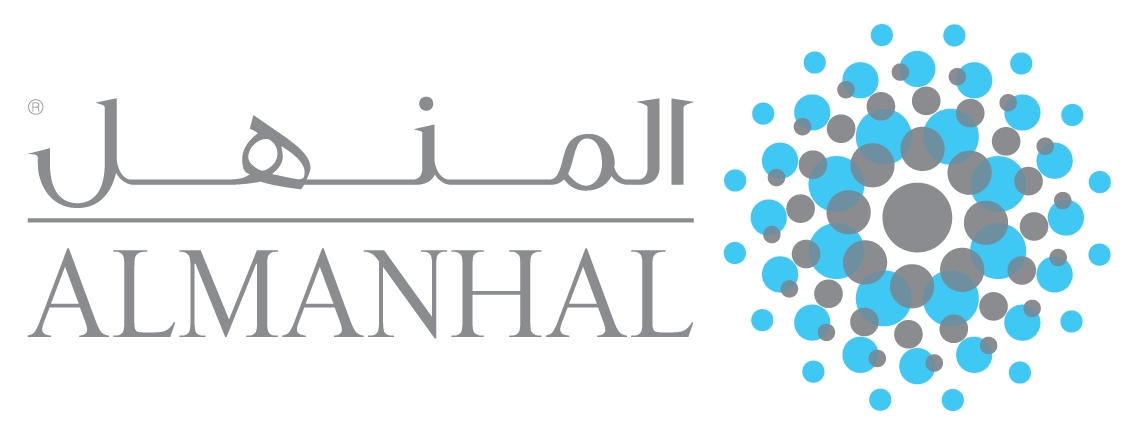Interest Rates and Financial Instability
DOI:
https://doi.org/10.31436/jif.v5i1.87Abstract
Several financial crises, which have occurred in different geographical areas over the past 100 years have reinforced the notion that crises and market imbalances are inherent characteristics of capitalism. By surveying the transitions of financial markets, especially during the last three decades, it has been clarified that the existence of interest rates can be considered as a fault line in the economic system and will disrupt the harmony between the real and financial sectors. Based on quarterly information in the real and financial markets of the United States during 1993-2014, and econometric analysis of Granger causality, the result of this study shows that the presence of usury and its growth in the conventional economic system will expand the debt markets, which cause the separation between nominal values in the financial markets and their intrinsic values in the real sector of the economy. With the emergence and increase of this separation, asset price bubbles are created. The greed of economic agents to take advantage of profitable opportunities, which occur due to price bubbles, increases borrowing and, therefore, expands the debt markets. Moreover, during this process, speculation activities will inflate asset prices excessively, causing more separation between the real sector and the financial sector. Consequently, the amount of monetary resources for the real sector will be decreased and, therefore, economic growth and employment will decline. Although some macro-prudential policies have been implemented to mitigate systemic risks and reduce the incidence of financial crises, they will not remedy the inherent instabilities of financial contracts. Islamic financial rules provide the economic system with mechanisms, which bring robustness and resilience to the financial system.
Downloads
References
Aziz, A., Pahlavi, R., & Gintzburger, A. S. (2009). Equityâ€Based, Assetâ€Based and Assetâ€Backed Transactional Structures in Shari’aâ€Compliant Financing: Reflections on the Current Financial Crisis*. Economic Papers: A journal of applied economics and policy, 28(3), 270-278.
Bank of International Settlements. 2016. http://www.bis.org/statistics/secstats.htm Rertieved on 28 February 2016
Bordo, M. D., & Meissner, C. M. (2012). Does inequality lead to a financial crisis?. Journal of International Money and Finance, 31(8), 2147-2161.
Bordo, M., Eichengreen, B., Klingebiel, D., & Martinezâ€Peria, M. S. (2001). Is the crisis problem growing more severe?. Economic policy, 16(32), 52-82.
Chapra, M. U. (2007). The case against interest: Is it compelling?.Thunderbird International Business Review, 49(2), 161-186.
Chapra, M. U. (2008, April). Innovation and authenticity in Islamic finance. In Eight Harvard Conference in Islamic Finance, Massachusetts.
Chishti, S. U. (1985). Relative Stability of Interest-Free Economy. Journal of research in Islamic Economics, 3(1), 3-12.
Claessens, S. (2014). An overview of macroprudential policy tools (No. 14-214). International Monetary Fund.
Colander, D., Goldberg, M., Haas, A., Juselius, K., Kirman, A., Lux, T., & Sloth, B. (2009). The financial crisis and the systemic failure of the economics profession. Critical Review, 21(2-3), 249-267.
Davoodi, P. & Hadian, M. (2012). Financial crisis and separation of markets. Shahid Beheshti Quartely journal of economics, 2(4), 1-22.
De Nicoló, M. G., Favara, G., & Ratnovski, L. (2012). Externalities and macroprudential policy. International Monetary Fund.
Ferederal Reserve. (2016). http://www.federalreserve.gov/ Retrieved on 28 February 2016
Gourinchas, P. O., & Obstfeld, M. (2011). Stories of the twentieth century for the twenty-first (No. w17252). National Bureau of Economic Research.
Granger, C. W. (1988). Some recent development in a concept of causality.Journal of econometrics, 39(1), 199-211.
Johansen, S., & Juselius, K. (1990). Maximum likelihood estimation and inference on cointegration—with applications to the demand for money.Oxford Bulletin of Economics and statistics, 52(2), 169-210.
Keynes, J. M. (2006). General theory of employment, interest and money. Atlantic Publishers & Dist.
Kindleberger, C. P. (2000). Manias, panics, and crashes: a history of financial crises. The Scriblerian and the Kit-Cats, 32(2), 379.
Masih, A. M., & Masih, R. (1997). On the temporal causal relationship between energy consumption, real income, and prices: some new evidence from Asian-energy dependent NICs based on a multivariate cointegration/vector error-correction approach. Journal of policy modeling,19(4), 417-440.
Mirakhor, A. (2010). Towards a Meeting-Point Between Islamic Finance and Globalisation. Islam and Civilisational Renewal, 1(2), 246.
Pesaran, M. H., Shin, Y., & Smith, R. J. (2001). Bounds testing approaches to the analysis of level relationships. Journal of applied econometrics, 16(3), 289-326.
Saiti, B., Bacha, O. I., & Masih, M. (2014). The diversification benefits from Islamic investment during the financial turmoil: The case for the US-based equity investors. Borsa Istanbul Review, 14(4), 196-211.
Saiti, B., Bacha, O. I., & Masih, M. (2015). Testing the conventional and Islamic financial market contagion: evidence from wavelet analysis.Emerging Markets Finance and Trade, 1-18.
Stiglitz, J. (2003). Dealing with debt. Harvard International Review, 25(1), 54-60.
Wolff, R. D. (2009). Capitalism hits the fan. Journal of Psychohistory, 37(2), 124.
Zaher, T. S., & Kabir Hassan, M. (2001). A comparative literature survey of Islamic finance and banking. Financial Markets, Institutions & Instruments,10(4), 155-199.












